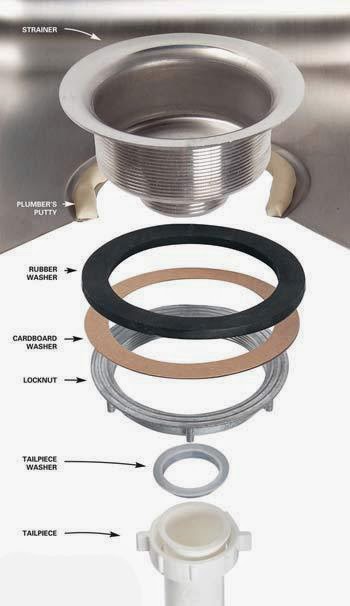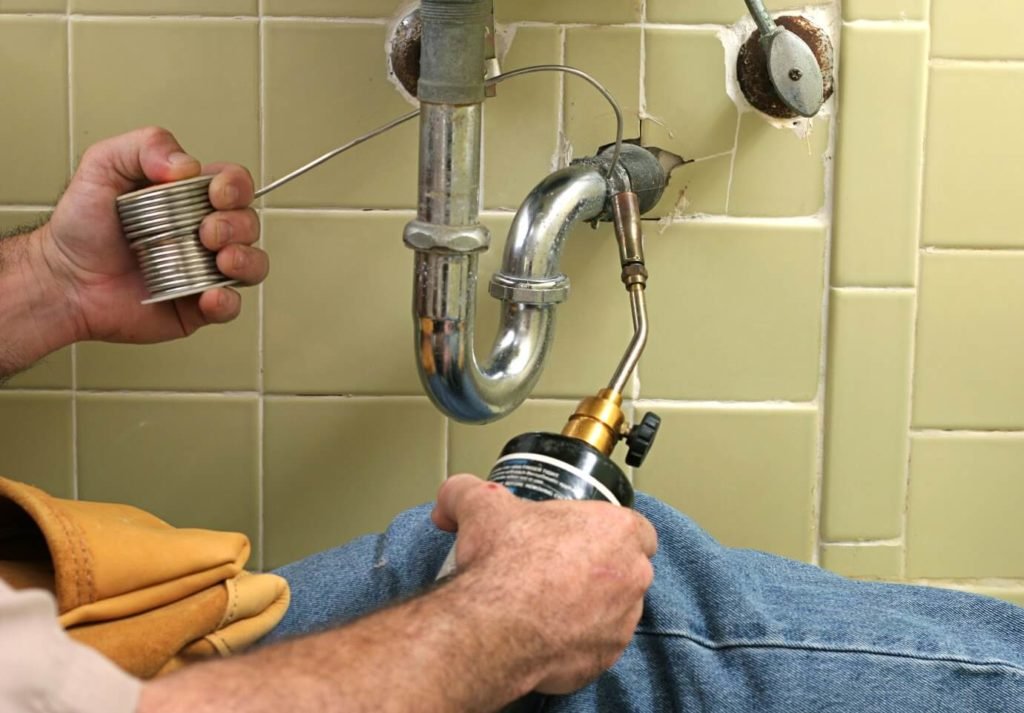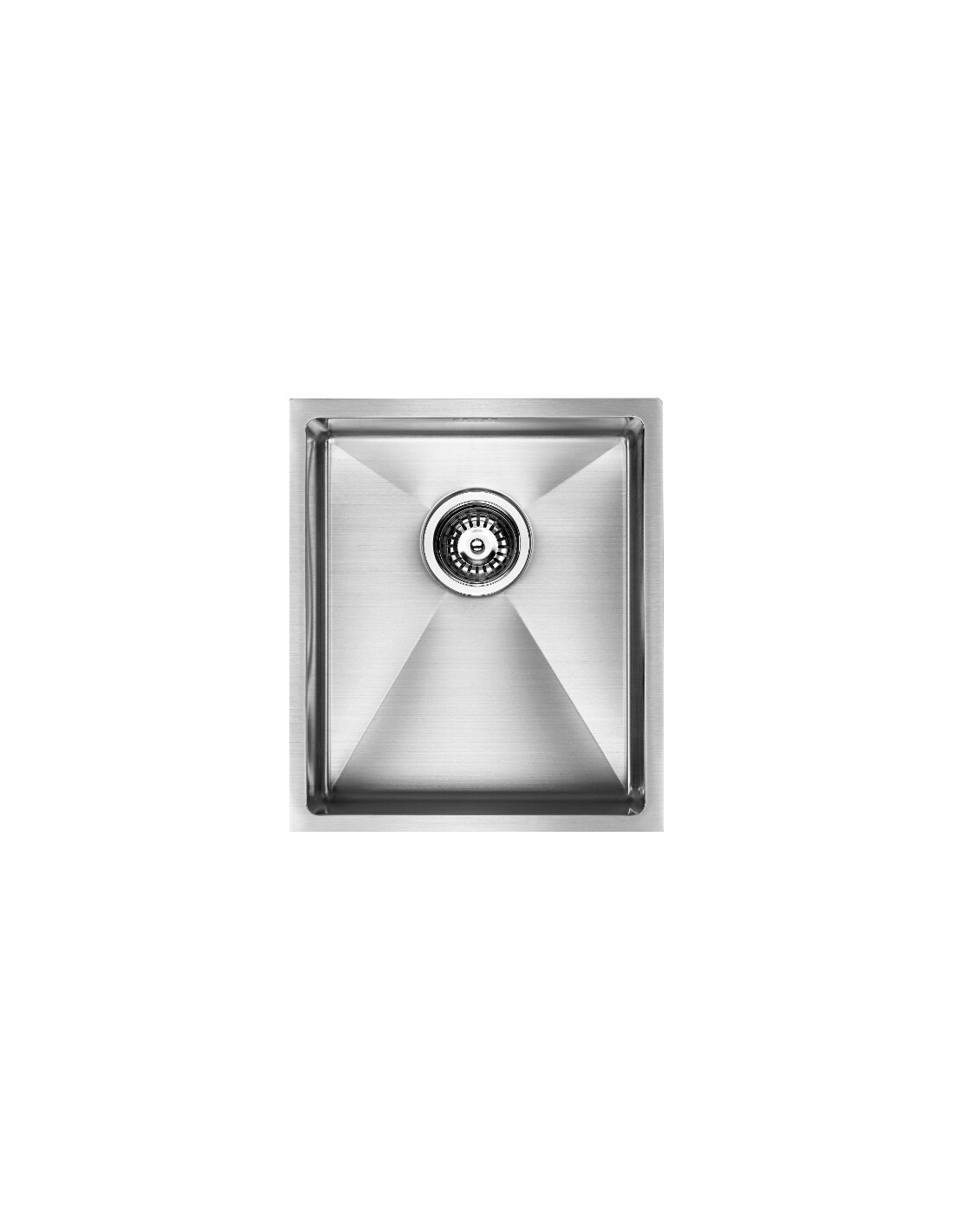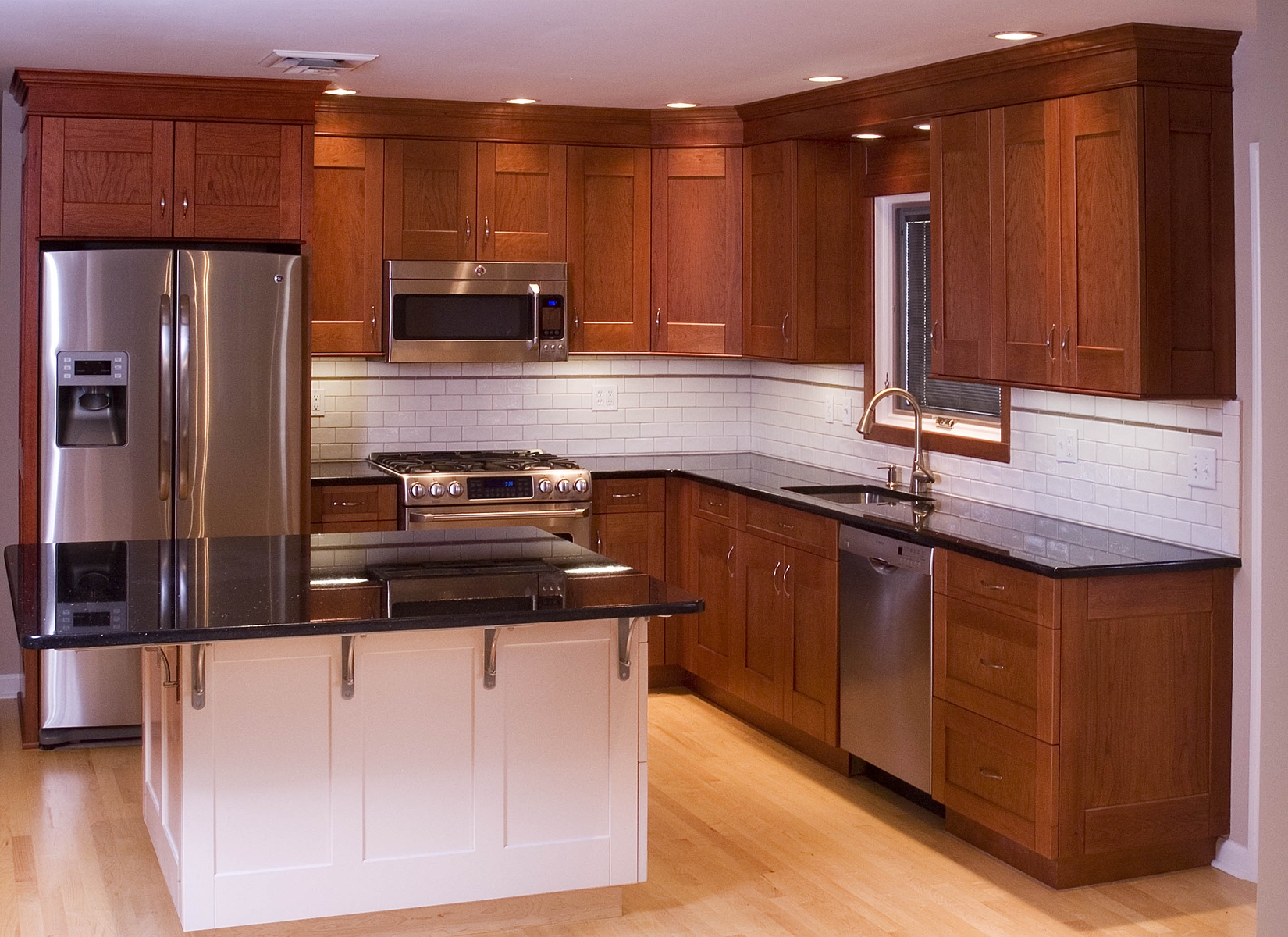If you're a homeowner, chances are you've encountered some plumbing issues in your kitchen sink. Whether it's a clogged drain or a leaky faucet, these problems can be a major inconvenience and can even lead to costly repairs if left untreated. But fear not, with some basic knowledge and a few simple tools, you can easily tackle most kitchen sink plumbing issues on your own. In this article, we'll share some tips and tricks for DIY repairs to keep your kitchen sink running smoothly.1. Kitchen Sink Plumbing Solutions: Tips and Tricks for DIY Repairs
Kitchen sink plumbing problems can range from minor annoyances to major headaches. Some of the most common issues include clogged drains, leaky faucets, and low water pressure. If you're experiencing any of these problems, the first step is to identify the cause. For clogged drains, try using a plunger or a drain snake to clear the blockage. For leaks, check the connections and seals and replace any damaged parts. And for low water pressure, the aerator may need to be cleaned or replaced.2. Common Kitchen Sink Plumbing Problems and How to Fix Them
Having the right tools on hand is crucial for maintaining your kitchen sink plumbing. Some essential tools include a plunger, drain snake, adjustable wrench, and plumber's putty. These tools can help you tackle common problems like clogs and leaks. It's also a good idea to have a bucket and some rags on hand to catch any water that may leak out during repairs.3. The Best Tools for Kitchen Sink Plumbing Maintenance
Clogged kitchen sink drains are a common problem that can be caused by a variety of factors, such as food particles, grease buildup, or foreign objects. The first step in unclogging a sink is to remove any standing water with a bucket or cup. Then, use a plunger to try and dislodge the blockage. If that doesn't work, a drain snake can be used to break up and remove the obstruction. For tougher clogs, you may need to use a chemical drain cleaner or call a professional plumber.4. How to Unclog a Kitchen Sink: Simple Solutions for a Common Problem
If you're looking to upgrade your kitchen sink faucet, you may be surprised at how easy it is to install a new one on your own. The first step is to turn off the water supply and remove the old faucet. Then, follow the manufacturer's instructions to install the new one. It's important to use the right tools and materials to ensure a proper and secure installation. And don't forget to test the new faucet for any leaks before using it regularly.5. Kitchen Sink Plumbing Solutions: How to Install a New Faucet
While we've covered some of the most common kitchen sink plumbing problems, there may be other issues that require troubleshooting. For example, if you notice foul odors coming from your sink, it could mean that there is a buildup of food particles or other debris in the drain. In this case, you can use a mix of baking soda and vinegar to help break down the buildup and eliminate the odor. Regular maintenance and cleaning of your kitchen sink can also help prevent future issues.6. Troubleshooting Common Kitchen Sink Plumbing Issues
Proper venting is crucial for the efficient operation of your kitchen sink plumbing. Without proper ventilation, air cannot flow through the pipes, which can cause water to drain slowly or create gurgling sounds. If you're experiencing these issues, it may be due to a clogged or damaged vent pipe. In this case, it's best to call a professional plumber to assess the situation and make any necessary repairs.7. The Importance of Proper Venting in Kitchen Sink Plumbing
If you have a garbage disposal in your kitchen sink, you know how convenient it can be for disposing of food waste. But over time, these appliances can wear out or become damaged, causing leaks or clogs. If you need to replace your garbage disposal, it's important to follow the manufacturer's instructions carefully. It's also a good idea to have a professional plumber install it to ensure proper and safe installation.8. Kitchen Sink Plumbing Solutions: How to Replace a Garbage Disposal
While some kitchen sink plumbing issues are unavoidable, there are steps you can take to prevent them from happening in the first place. Proper maintenance is key to keeping your sink running smoothly. This includes regularly cleaning the sink and drain, avoiding putting grease or other solids down the drain, and being mindful of what you put in the garbage disposal. It's also important to address any small issues before they turn into bigger problems.9. Preventing Kitchen Sink Plumbing Problems: Tips for Proper Maintenance
A leaky faucet not only wastes water but can also lead to higher water bills and potential damage to your sink and countertop. In most cases, a leaky faucet can be fixed by replacing the worn-out parts or tightening any loose connections. It's important to address the issue as soon as possible to avoid further damage. If you're unsure of how to fix a leaky faucet, it's best to call a professional plumber for assistance. In conclusion, by following these tips and tricks for DIY repairs and proper maintenance, you can save time and money on kitchen sink plumbing solutions. However, if you're unsure of how to tackle a plumbing problem or if it's a more complex issue, it's best to call a professional plumber for help. With a little effort and the right tools, you can keep your kitchen sink running smoothly for years to come.10. Kitchen Sink Plumbing Solutions: How to Repair a Leaky Faucet
The Importance of Proper Kitchen Sink Plumbing Solutions in House Design

Why Kitchen Sink Plumbing Matters
/how-to-install-a-sink-drain-2718789-hero-24e898006ed94c9593a2a268b57989a3.jpg) When it comes to designing a house, the kitchen is often considered the heart of the home. It's where meals are cooked, memories are made, and gatherings take place. With such an important role, it's crucial to make sure every aspect of the kitchen is functioning properly. One of the most important, yet often overlooked, components of the kitchen is the sink plumbing.
Kitchen sink plumbing
is responsible for delivering clean water for cooking and washing, as well as removing dirty water and waste. If the plumbing is not properly installed or maintained, it can lead to a variety of issues such as leaks, clogs, and even water damage. This not only affects the functionality of the kitchen, but it can also have a negative impact on the overall design and aesthetics of the space.
When it comes to designing a house, the kitchen is often considered the heart of the home. It's where meals are cooked, memories are made, and gatherings take place. With such an important role, it's crucial to make sure every aspect of the kitchen is functioning properly. One of the most important, yet often overlooked, components of the kitchen is the sink plumbing.
Kitchen sink plumbing
is responsible for delivering clean water for cooking and washing, as well as removing dirty water and waste. If the plumbing is not properly installed or maintained, it can lead to a variety of issues such as leaks, clogs, and even water damage. This not only affects the functionality of the kitchen, but it can also have a negative impact on the overall design and aesthetics of the space.
Common Kitchen Sink Plumbing Problems
 Leaky faucets
are one of the most common kitchen sink plumbing issues. Not only is the constant dripping annoying, but it can also lead to higher water bills and potential water damage. It's important to address leaks as soon as they are discovered to avoid further damage and expenses.
Clogged drains
are another common problem in kitchen sink plumbing. This can be caused by a build-up of food particles, grease, and other debris. If left untreated, clogged drains can lead to foul odors, slow drainage, and even complete blockages.
Leaky faucets
are one of the most common kitchen sink plumbing issues. Not only is the constant dripping annoying, but it can also lead to higher water bills and potential water damage. It's important to address leaks as soon as they are discovered to avoid further damage and expenses.
Clogged drains
are another common problem in kitchen sink plumbing. This can be caused by a build-up of food particles, grease, and other debris. If left untreated, clogged drains can lead to foul odors, slow drainage, and even complete blockages.
The Solution: Professional Kitchen Sink Plumbing Services
 Proper kitchen sink plumbing solutions are essential for a functional and well-designed kitchen. This is why it's important to hire a professional plumbing service to handle any installation, repair, or maintenance needs. A skilled plumber can ensure that all plumbing components are properly installed and functioning, preventing any future problems.
In addition,
regular maintenance
is key to keeping kitchen sink plumbing in top condition. This includes routine inspections, cleaning of drains and pipes, and addressing any issues as soon as they arise. By being proactive, homeowners can avoid costly repairs and maintain the functionality and aesthetics of their kitchen.
Proper kitchen sink plumbing solutions are essential for a functional and well-designed kitchen. This is why it's important to hire a professional plumbing service to handle any installation, repair, or maintenance needs. A skilled plumber can ensure that all plumbing components are properly installed and functioning, preventing any future problems.
In addition,
regular maintenance
is key to keeping kitchen sink plumbing in top condition. This includes routine inspections, cleaning of drains and pipes, and addressing any issues as soon as they arise. By being proactive, homeowners can avoid costly repairs and maintain the functionality and aesthetics of their kitchen.
In Conclusion
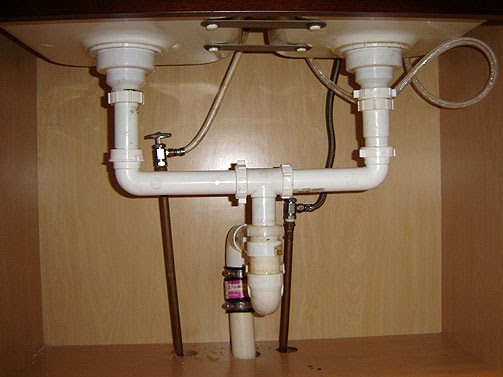 In conclusion, proper kitchen sink plumbing solutions are crucial for a well-designed and functional kitchen. From leaky faucets to clogged drains, even small plumbing issues can have a big impact on the overall look and feel of the space. By hiring a professional plumbing service and staying on top of regular maintenance, homeowners can ensure that their kitchen sink plumbing is in top shape and their kitchen remains the heart of their home.
In conclusion, proper kitchen sink plumbing solutions are crucial for a well-designed and functional kitchen. From leaky faucets to clogged drains, even small plumbing issues can have a big impact on the overall look and feel of the space. By hiring a professional plumbing service and staying on top of regular maintenance, homeowners can ensure that their kitchen sink plumbing is in top shape and their kitchen remains the heart of their home.




















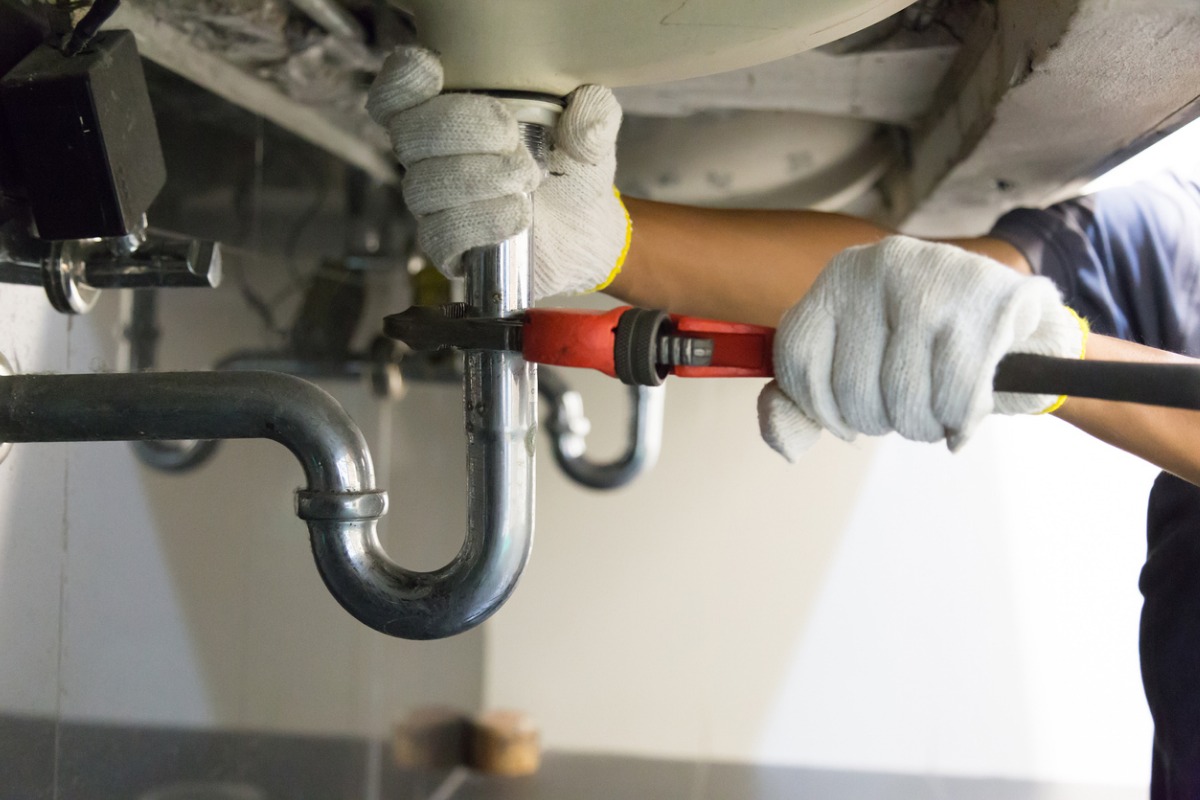






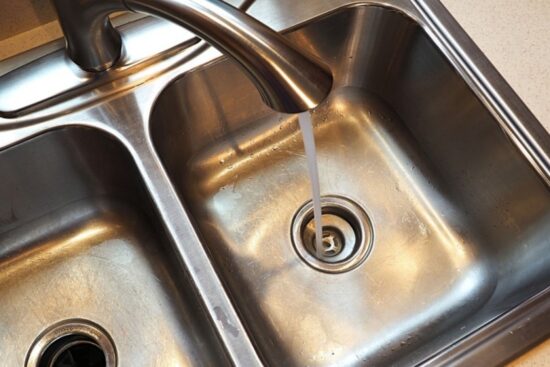
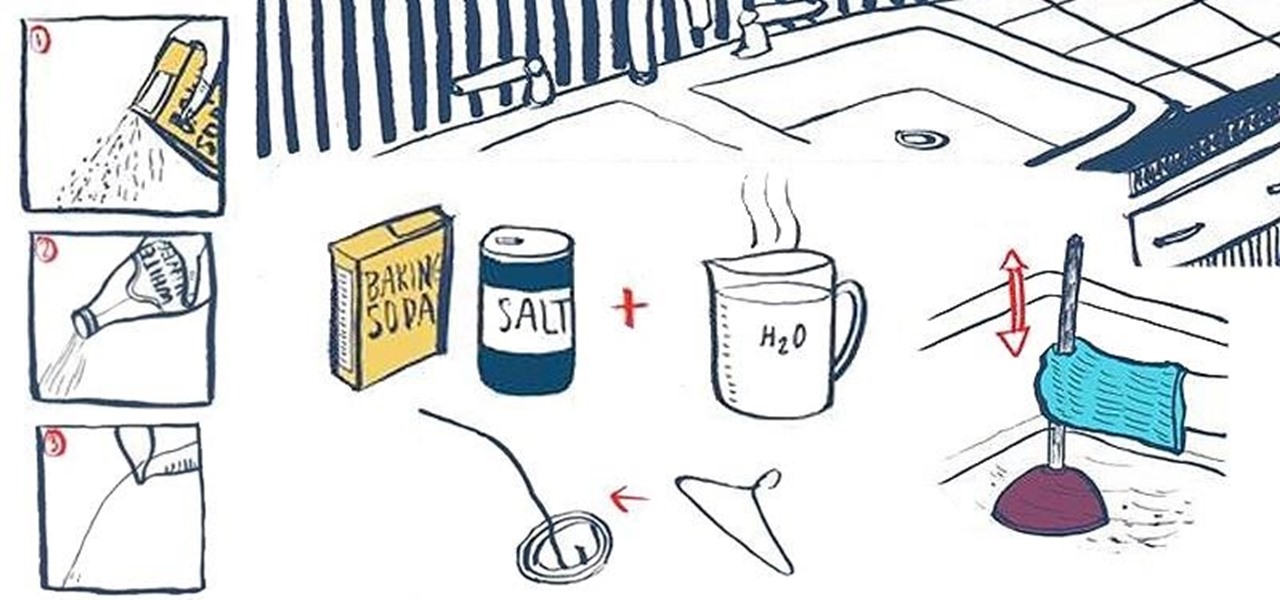


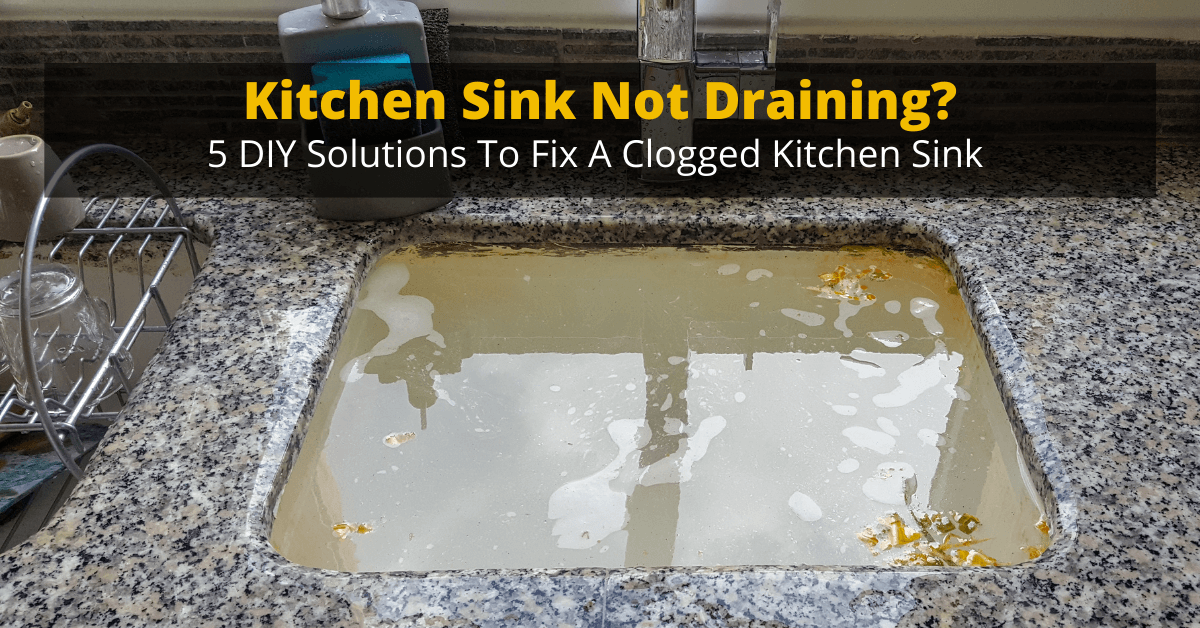







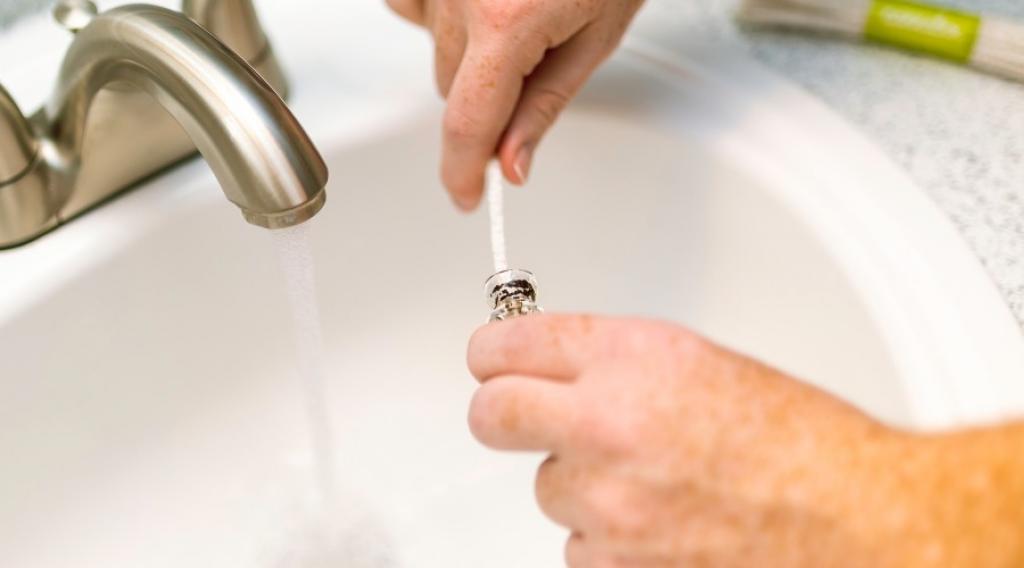



:max_bytes(150000):strip_icc()/venting-sink-diagram-f8f9759a-1047c08369d24101b00c8340ba048950.jpg)











:max_bytes(150000):strip_icc()/how-to-install-a-sink-drain-2718789-hero-24e898006ed94c9593a2a268b57989a3.jpg)





